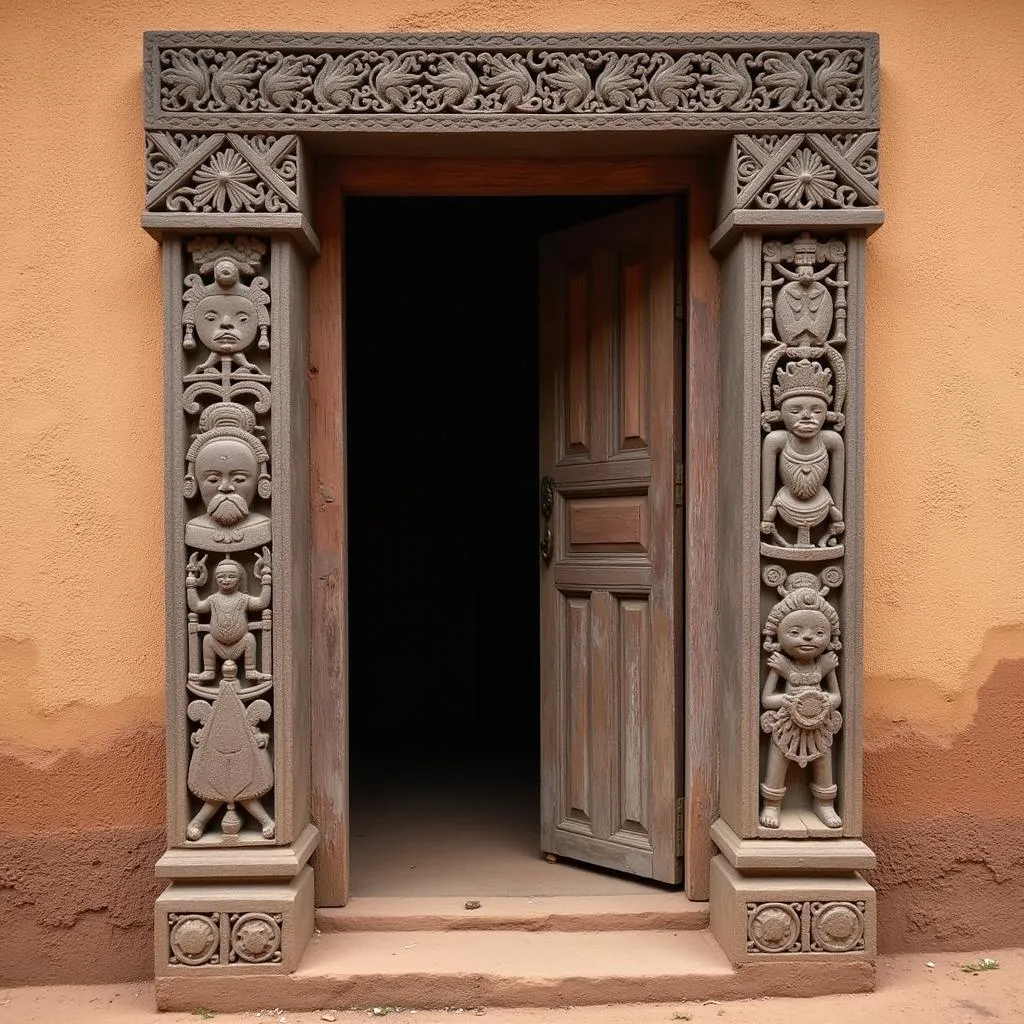The African Impala: A Graceful Gazelle of the Savanna
The African impala, a common sight on the savannas of eastern and southern Africa, is a medium-sized antelope known for its incredible leaps and striking appearance. Often mistaken for deer due to their slender build and graceful movements, these fascinating creatures play a vital role in the African ecosystem.
A Closer Look at the African Impala
While they might resemble deer at first glance, impalas are actually more closely related to goats and cattle. Their reddish-brown coats, white underbellies, and distinctive black stripes on their rumps make them easily identifiable amongst the diverse African wildlife. Male impalas sport elegant, lyre-shaped horns that can reach up to 36 inches in length, used for both defense and display during mating season.
Impalas are highly social animals, living in herds that can range in size from a few dozen to several hundred individuals. These herds are often segregated by sex, with bachelor herds of young males roaming the plains while females and their young form larger, more stable groups.
The Impala’s Role in the African Ecosystem
As herbivores, impalas play a crucial role in maintaining the delicate balance of the African savanna. Their diet consists primarily of grasses, leaves, and fruits, and they are known to adapt their feeding habits based on the availability of resources. During the wet season, they graze on lush grasses, while in the dry season, they browse on leaves and shrubs.
This adaptability makes them an important link in the food chain, providing sustenance for predators such as lions, leopards, cheetahs, and wild dogs. Their agility and speed, with the ability to jump up to 10 feet high and run at speeds of up to 60 miles per hour, make them a challenging prey, contributing to the natural selection pressures that shape the predator populations.
Threats and Conservation Efforts
Despite their abundance, African impala populations face various threats, including habitat loss due to human encroachment, poaching, and disease outbreaks. Conservation efforts are underway to protect these graceful creatures and their habitat. This includes establishing protected areas, promoting sustainable land management practices, and raising awareness about the importance of impala conservation.
FAQs about African Impalas
What is the lifespan of an African impala?
In the wild, African impalas can live for up to 12-15 years. However, their lifespan is often shorter due to predation and other environmental factors.
Do female impalas have horns?
No, only male impalas have horns.
Where can I see African impalas in the wild?
African impalas are found in various national parks and reserves across eastern and southern Africa, including the Serengeti National Park in Tanzania, Kruger National Park in South Africa, and Maasai Mara National Reserve in Kenya.
Explore More About African Wildlife
Intrigued by the African impala? Delve deeper into the fascinating world of African wildlife:
- Discover the diverse African landscape with animals
- Explore the variety of African deer type animals
- Learn about the fascinating African animals names az
- Dive deeper into the world of African deer names
- Expand your knowledge with a comprehensive African deer species list
Contact us for more information at:
Phone Number: +255768904061
Email: [email protected]
Address: Mbarali DC Mawindi, Kangaga, Tanzania.
Our customer service team is available 24/7 to assist you.




